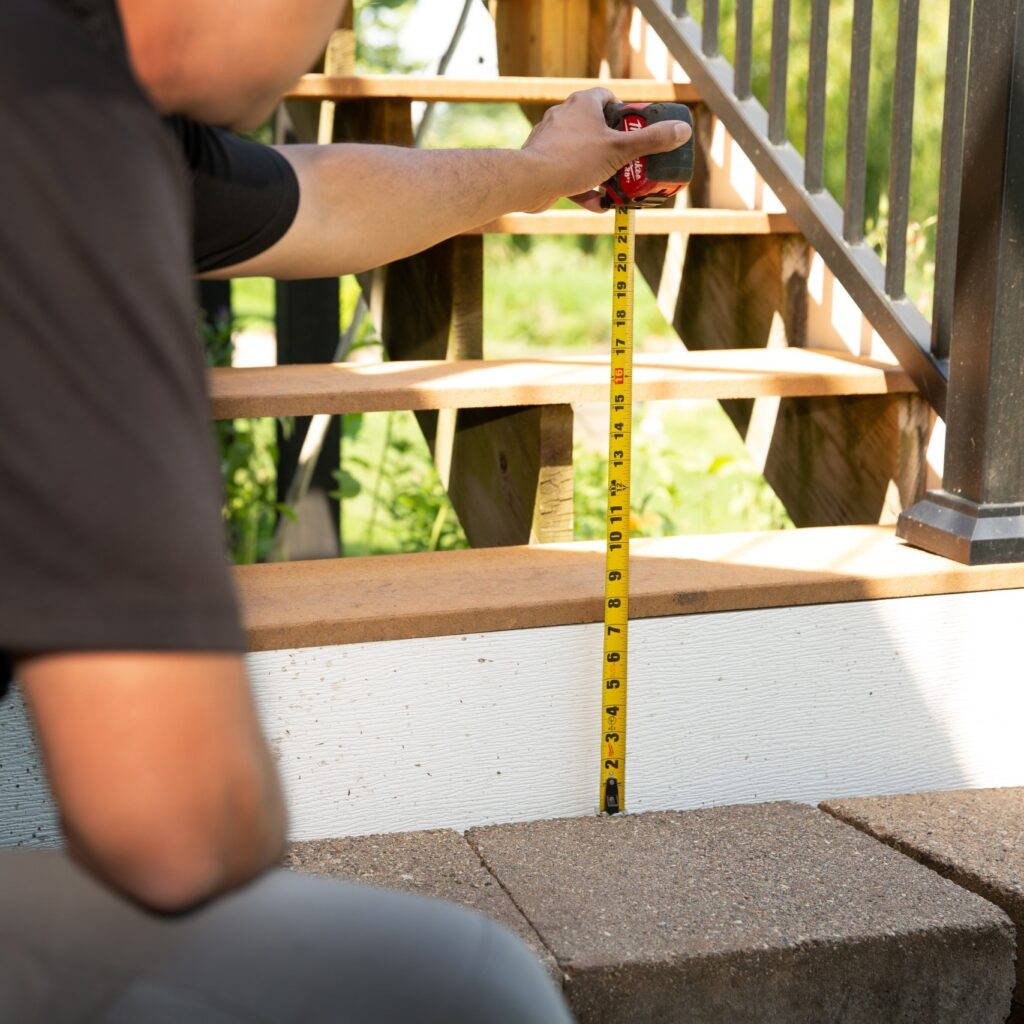Housing Codes in Home Inspection Reports: Striking the Right Balance
By David Mortensen
Last Updated May 2, 2025

David Mortensen
David Mortensen worked in the home construction industry for over 30 years and started his inspection business, Discovery Inspection Services, in Alaska in 2006.
Welcome to the Inspection Insider. Here, seasoned home inspectors share their technical expertise and experience to help you improve your own inspections.
In this post, David Mortensen of Discovery Inspection Services in Alaska discusses citing housing codes in home inspection reports. For over 30 years, Mortensen has worked in the home construction industry doing remodeling and contracting. Since starting his inspection business in 2006, Mortensen has performed thousands of residential inspections. His specialties include thermal imaging and cold climate building techniques.
Now, here’s Mortensen with his article on citing housing codes in inspection reports.

For home inspectors, the term “code” is a double-edged sword. It represents the backbone of regulations and standards within the construction industry. But it also carries a level of complexity and responsibility that can be overwhelming.
Building codes form the foundation of the construction industry, ensuring safety, health, and structural integrity. As an inspector with over 20 years of experience and ICC certification, I can attest to how crucial codes are in our profession. However, the challenge lies in how to incorporate this knowledge into our reports without crossing the line into building code enforcement.
When it comes to writing home inspection reports, the common advice is to avoid referencing specific building or housing codes. But not knowing and understanding building codes can lead home inspectors to miss important defects within their scope. How can inspectors strike the right balance between educating their clients and sticking to their standards? Read on to find out.
Do home inspectors not report code violations?
Before we can talk about how to properly include code references in our inspection reports, we have to discuss why inspectors avoid referencing specific building codes at all.
The primary reason for not citing codes or code violations in inspection reports is to manage liability. Including detailed code citations can position an inspector as an expert in building codes, which can be problematic in court. If an inspector is viewed as a code expert, they may be held to a higher standard of compliance, like that of a building code compliance officer, rather than a generalist inspector. This assumption of expertise increases liability and the risk of legal complications.
Additionally, there may be times when it’s beneficial to remind a frustrated client that the inspection was not intended to be a code compliance check. This clarification can help protect the inspector by explaining that the purpose of the inspection was to identify potential issues, not ensure code compliance.
Lastly, legislation may dictate that older homes built prior to a code change don’t need to abide by those new housing codes. However, it may be in the client’s best interest to still make an update. For example, while the owner of an old house may not be legally obligated to repair electrical deficiencies and make upgrades, they should for their own health and safety.
Why is it difficult to avoid citing housing codes?
While it’s easy to say “Stay away from code,” it’s not so simple in practice. Oftentimes, building codes inform inspections, helping inspectors identify material defects and health and safety concerns. When codes change or are in the process of changing, things become even more difficult for inspectors striving to call out potential concerns.
For example, the 2020 National Electrical Code (NEC) requires surge protection and ground fault circuit interrupters (GFCIs) on 125- to 250-volt circuits. That means a range within six feet of the sinks and a dryer circuit must now be GFCI protected. The NEC also prohibits an over-the-counter island receptacle, but it required them in past publications. How do you go about navigating such changes?
There are also manufacturer requirements that, while not explicitly covered by the building code, must be followed by builders. A prime example is the anti-tip device required on stoves. Should this be classified as a health and safety issue? It’s worth considering.

Home Inspections and Building Codes: Balancing Professional Judgment and Legal Liability
Without the explicit guidance of code books, and considering the varying opinions of inspectors, creating a consistent approach to reporting can be difficult. To create reports that protect both the client and the inspector while ensuring smooth transactions, consider these five guidelines:
1. Clarity
Use clear and concise language to describe issues without citing specific housing codes. By describing defects plainly and succinctly, you can help your clients understand the problems without relying on code references.
2. Categorization
In your report summary, categorize issues based on their severity and impact on the occupants’ safety. This helps buyers and real estate professionals prioritize issues during their negotiations. Some common categories include:
- Health/Safety: Issues that pose an immediate risk to the well-being of the occupants.
- Material Defect: A significant issue with a system or component that could have a substantially negative impact on the value of the property or pose a serious risk to people.
- Recommended Upgrades: Suggestions for improvements that would enhance the property’s value or functionality.
3. Documentation
Provide detailed explanations and photos to support your findings.
4. Communication
Clearly define the limitations and scope of a home inspection to the client, including the fact that you are not a housing code compliance expert.
5. Consultation
Encourage clients to seek guidance from code officials, municipal inspectors, or other experts when necessary. These professionals can help determine applicable codes in place at the time of construction. They can also help navigate between conflicting code requirements and municipal amendments.
By following these guidelines, inspectors can produce comprehensive reports that meet client’s needs while minimizing legal risks. It’s a delicate balance. But with thoughtful consideration and professional judgment, it’s achievable.
Housing Codes: Conclusion
The role of code references in home inspection reports is complex. While housing codes are essential for ensuring safety and compliance, citing codes in your reports can increase liability for inspectors.
By avoiding specific code references, categorizing issues effectively, communicating clearly, and encouraging clients to seek guidance from code experts, inspectors can offer valuable insights while protecting themselves legally.
We hope you enjoyed David Mortensen’s article on citing housing codes in reports. Planning on offering code inspections as an additional service? Be sure to add the code endorsement to your policy and add a code addendum to your pre-inspection agreement. Learn how our other home inspector insurance solutions provide peace of mind.




